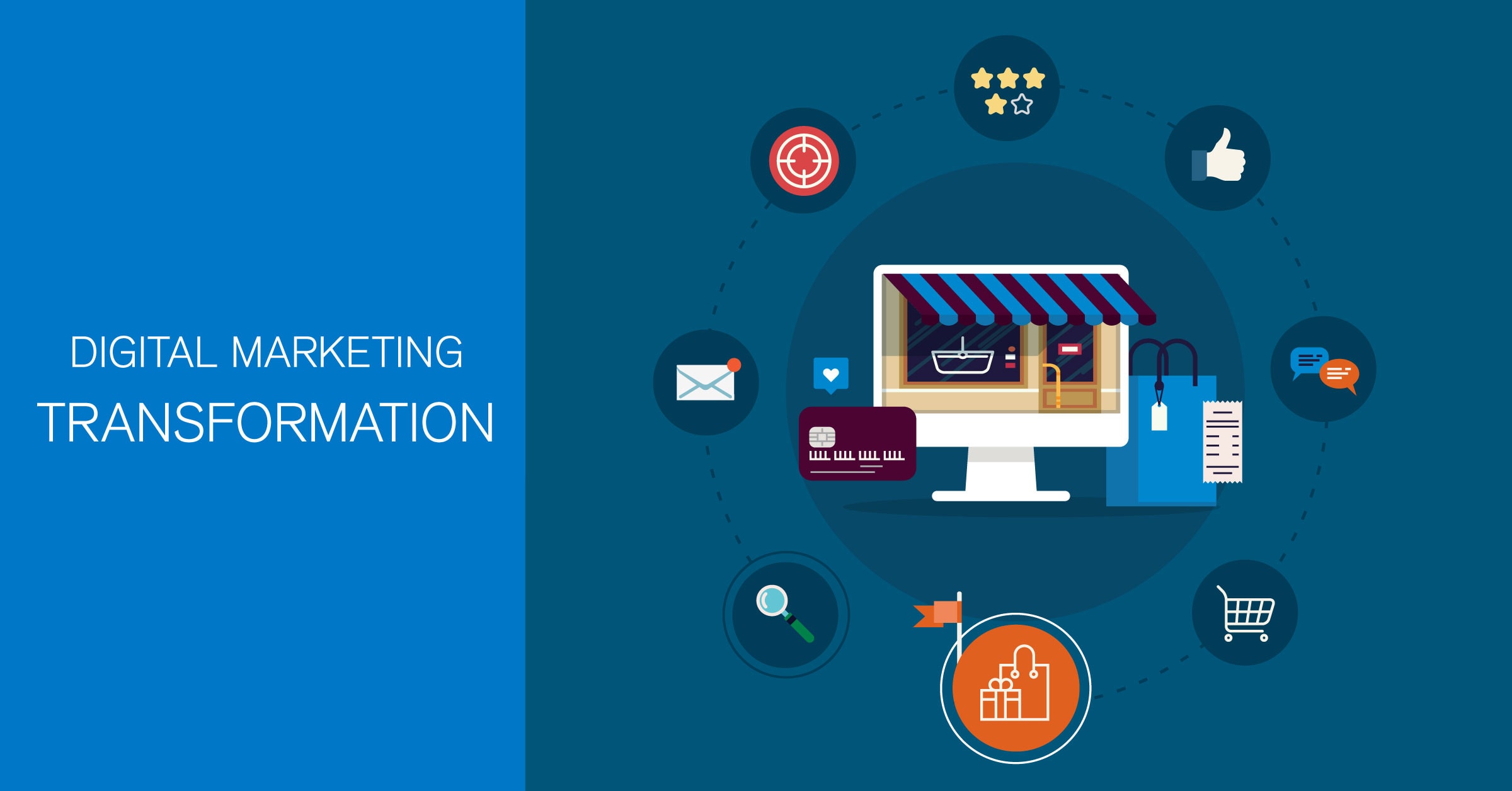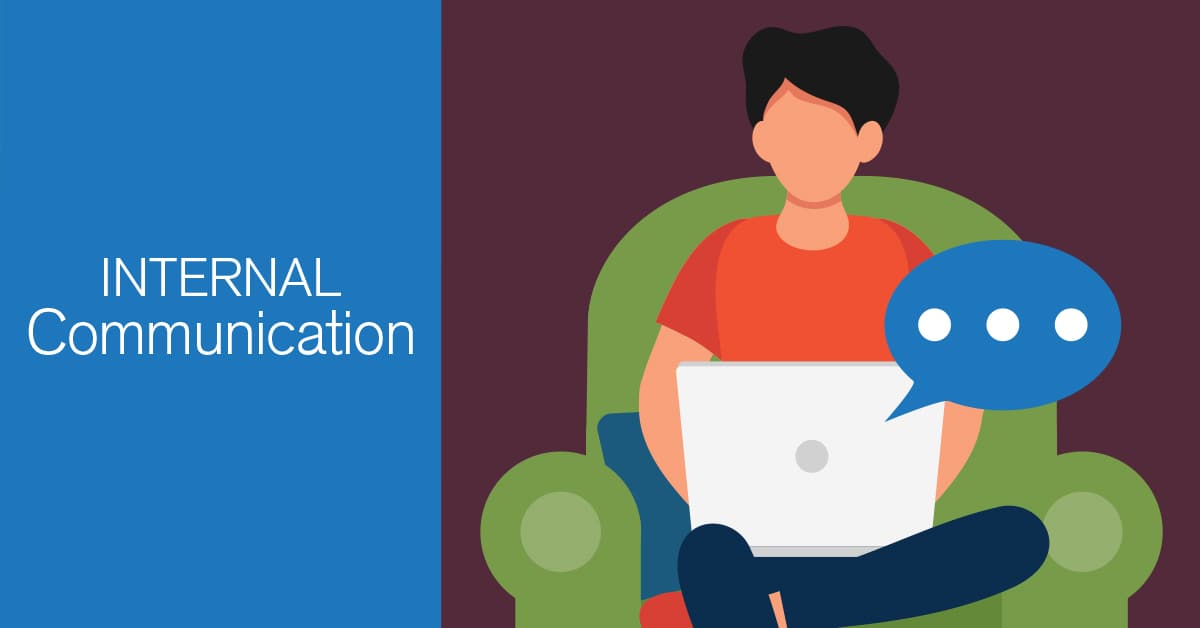Tips & Best Practices For Webinars, Webcasts And Live Video Streaming
In recent weeks, the world has been scrambling to acclimate to the massive shift from in-person events to hosting webinars and live streaming events. People across the world are being asked, more than ever, to share and consume content virtually. Global interest in virtual events has boomed, rising nearly 53% from January 2020 through March of 2020.
But virtual events and meetings can pose challenges, even for seasoned hosts. We can help you plan a virtual event (and avoid inadvertently turning yourself into a potato on screen). Read on for 15 tips and best practices for planning a virtual event and learn what to consider during and after it transpires.
Planning a Virtual Event
Virtual Event Basics
Accessible technology makes planning and creating virtual events like webinars and video conferences easier than ever. Before choosing the platform to host your virtual event, be sure to consider these tips in your planning phase.
1) Match the event to your objective
Have you ever survived a meeting that could have been an email? Or been on a training call you wished had visuals? We all have. Keep in mind the purpose of your event and select a communication channel that allows you to best convey your message. For instance, if you need to host a training, consider using a webinar format that allows you to present visuals and record the training. If you want audience engagement and plan to answer questions, consider live streaming. If you have important company news to share, opt for a webcast.
2) Consider prime times to host virtual events
Optimal times depend on your target audience and what your objectives are. If your business is hosting a training webinar for employees or clients during business hours, here is some insight.
According to a blog post by GoToMeeting.com, the best days of the week to conduct webinars are Tuesday, Wednesday or Thursday. The best time to schedule a webinar is 11am in your local time zone, but if you find yourself with attendees that span multiple time zones, consider hosting at 12pm PST/3pm EST to give everyone mid-day window.
3) Check equipment and do a practice run
Unless you are shooting video that will be edited and consumed post-production, there are no do-overs. Make sure equipment and presenters get a test run prior to going live. Consider:
- Camera Angles: Check you’re getting good angles of presenters, exhibits or products that might be shown.
- Video Quality: Aim for best quality. In a recent survey by Brightcove.com, 62% of individuals surveyed said they’d have a negative perception of a brand that published a poor quality video experience.
- Background:Unless you’re live streaming video games, avoid a busy background, excessive clutter or moving objects. Remove distractions.
- Access: Test webinar dial-in functionality and double check access codes/pins that were sent to attendees.
4) Select the right platform for your virtual event
Here is a short list of some of the best platforms for virtual events by category. Keep in mind that webcasts can fall in both categories.
Popular platforms for webinars:
Popular platforms for live streaming:
5) Consider engaging your audience.
After you’ve determined your audience and the content you will deliver, think of ways you can earn participation from the crowd and engage them from beginning to end.
- Introduce live polling or survey options
- Have questions ready to ask the audience
- Include time in your presentation to allow the audience to ask questions
- Conduct a small giveaway during the presentation that relies on participation
Webinar Best Practices
Whether presenting a proposal to a potential client or providing safety training to global employees, webinars are an effective way to share information and get buy-in from participants with Q&A sessions. Follow these best practices for a flawless webinar experience.
1) Create a registration page for your webinar
Especially important if you’re presenting to unknown or larger audiences, make sure you create a registration page for your webinar. Using webinar registration pages allows you to:
- Build an email list for calendar invites, reminders and follow-ups.
- Determine your audience size.
- Expect 36% of pre-registration participants to show up for the live event.
- Showcase presenter bios with headshots, description and LinkedIn® profiles.
- Create a remarketing list for future messaging or events.
2) Plan your webinar in advance
Wondering how far in advance to promote your webinar? Start at least one month prior. Provide more details and increase promotion closer to the event, since most registrations happen the week before the event date.
Want to boost visibility and registrations for your webinar?
- Post the webinar on your website, blog or events calendar.
- Create a Facebook event, if the audience is applicable, and promote it on your page.
- Run paid digital ads on Facebook, LinkedIn and Google®.
- Post on appropriate social media channels, with heavier promotion closer to the event.
- Promote in prior monthly newsletter and/or send out a dedicated email two weeks prior. Email webinar invites on Tuesdays at 9am to get the best response.
- Send value-building reminder emails at two weeks and one week prior to provide more detail and remind attendees of the webinar.
- Send two final email reminders one day before and the day of for better attendance rates.
- Include webinar details in email signatures.
- Ask presenters to promote the event on their social media channels.
3) Connect to the internet via cable
When it comes to live-streaming events and presentations, your data needs to fly at fast speeds. Strong connections start with the presenter. Make sure whoever’s hosting is directly connected to internet. Don’t rely on spotty WiFi signals.
4) Have fun
It’s told to telecommunicators everywhere—people can hear you smiling through the phone. It rings true for virtual events, too, where faces aren’t always shown. Keeping things light, smiling, connecting with the audience in soft, impressionable ways will foster engagement, retention, even brand recall.
5) Follow up with your audience
Anyone can send a mass thank-you email. Here are some ways to expand on the simple thank you.
- Include slide decks with any important notes used during the presentation
- If the webinar was recorded, provide a link to download it from the cloud
- Provide dates to future events that can be synced to send a calendar invite
- Follow up. If you kept track of attendance, you can follow up with those who missed it.
Live-streaming Tips
Live-streaming has skyrocketed this year. Amid social distancing, organizations like churches, town boards, even global fashion shows are turning to live-streaming, because the show must go on. Before you go live, consider these best practices.
1) Outline your content
It takes some thought to keep your audience engaged. Create an outline of the topics that will be discussed. Often, you can identify areas that need improvement or a lateral change of topic to keep your audience tuned in. Then, practice a run-through.
2) Increase engagement with questions
Part of a successful live-stream is viewer interaction. Interaction comes in many forms—from hitting a subscribe button to following your page. Asking the right questions can increase participation and add more value to your live-stream content.
- Have a small list of canned questions and talking points you want to cover in case viewers don’t engage right away.
- Recruit someone to monitor and send questions to the host to answer. To make things flow, have a computer connected to a monitor and mirror the screens, so as you write out the questions on a document, the host can read off the monitor.
- Write reminders into the script for the host to say and post those on the monitor when they should mention them.
3) Remember to hit RECORD
Blunders happen to the best of us. Here are minor details that can get overlooked and compromise your presentation:
- Noise. Eliminate the possibility for excessive noise by closing windows, silencing cell phones and, of course, accounting for extra people and pets.
- Distractions. If you’re using equipment that holds the recording device for you and you don’t have help, TEST before going live to make sure you have the best angles. Check the background for clutter, moving objects and poor lighting.
4) Remind the audience of your goal or call-to-action
Every 10 minutes or so during live-streaming time, it’s a good idea to remind the audience of why they’re there. This can be commenting or engaging with the live feed, or when you see an influx of new joiners reminding them why everyone is there.
5) Archive the stream!
Whether you are producing content for a closed audience or want to reach as many people as possible, plan to archive and share your live-stream recording after the event. Post to social channels, your website or a blog post, or share with communities that curate live-stream recording and webcasts for niche communities.
Have questions about virtual events, webinars and live-streaming? Blue Door Consulting is here to help you welcome what’s next. Explore how virtual events can transform the way your business interacts with the world. Fill out the form below to learn more.



